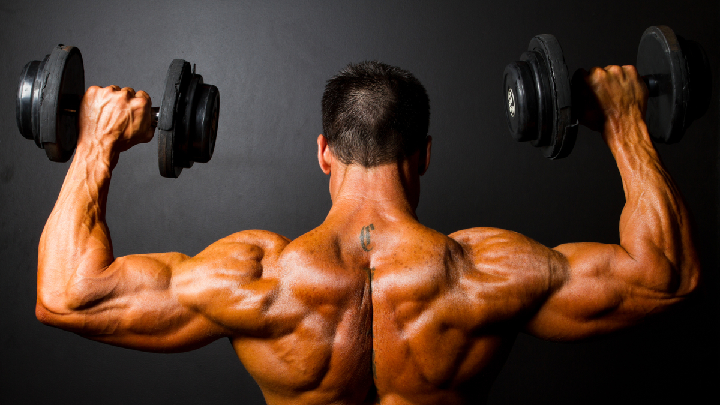
The 3 Best and Worst Exercises for Your Next Shoulder Workout
Shoulders are one of the most critical parts of the body due to their involvement in every facet of movement. There are so many shoulder exercises to choose from when working your shoulders at the gym, but which ones should you be focusing on when trying to maximize shoulder strength and hypertrophy, while ensuring the longevity of both the muscles and the joint?
This article will discuss the three best and worst exercises to help you determine which shoulder exercises you should be incorporating in your workout and which ones you should ditch…forever. If this sounds like a fair risk and reward ratio to you, head on over to casino 777 live casino if you want to test your luck outside of the gym also.
Best Shoulder Exercises:
- Cable Lateral Raise
This exercise ranks atop due to its ability to target the shoulder completely by tweaking the angle at which the exercise is performed. In addition, this exercise isolates each shoulder muscle group, allowing maximum contraction and therefore, an increase in muscle strength.
Cable Lateral Raises do not contribute to shoulder impingement or tears as the shoulder rises in its natural plane of movement. Consequently, this exercise can be done with heavy weights to improve shoulder stability without having to worry about injuring it or any other components involved.
- Face Pulls
Physiotherapists recommend face pulls for overall improvement of upper body posture and in the rehab of rotator cuff injuries. However, this exercise is often neglected in terms of shoulder development. Face pulls are excellent for conditioning scapular muscles and put a great eccentric load on the rear shoulder.
Performing face pulls causes the greatest contraction of the rear deltoids as the arms move behind the neck. Additionally, the shoulders are externally rotated in this exercise, which works out the rotator cuff muscle, a key component in shoulder movement and stability.
- Dumbbell Front Raise
Look no further if you want to see an increase in shoulder muscle mass. Dumbbell front raise is a safe exercise for the shoulder joint due to its degree of movement. For athletes with overhead movement issues, this exercise is perfect for loading the shoulder head, and front deltoid, as the arm movement starts from the thighs and ends at a 90-degree angle, ensuring no movement above.
Dumbbell Front raises directly hit the front deltoids and the shoulder. Increasing the training weight in this exercise leads to improvement in muscle tone and hypertrophy.
Worst Shoulder Exercises:
- Upright Rows
The upright row is a terrible exercise for the shoulder joint and goes against the natural mechanics of the shoulder. These exercises cannot be performed long-term as it causes internal rotation of the shoulders, leading to impingement problems and scapular winging.
Performing an upright row places the shoulder joint under stress and does not allow freedom of movement. Moreover, this exercise only trains the front deltoids so the risk is not worth the reward in this case.
- Behind the Neck Shoulder Press
Behind the back press is a popular exercise for loading the middle and rear deltoids. However, this exercise is an absolute no in terms of shoulder longevity and stability. Not only does it put adverse impacts on the shoulder, but it also damages the upper spine.
When performing this exercise, the scapulae move outwards, opposing their natural movement of sticking to the rib cage. This causes shoulder blades to tilt outwards, disrupting the basic anatomy of the shoulder and leading to chronic injuries.
- Cuban Press
Many trainers would argue that the Cuban Press is essential for shoulder hypertrophy as it is an overhead movement incorporated with external rotation. However, this is simply not true. This exercise is a significant contributor to shoulder impingement and rotator cuff tendonitis because of how the movement is performed.
Although the shoulders are initially in the external rotation when performing the Cuban Press, the shoulders rotate internally when the arms extend above the head. Internally rotated shoulders in an overhead movement present extreme risks including rotator cuff tears, chronic impingement, and a possible shoulder dislocation when performed with high weights.